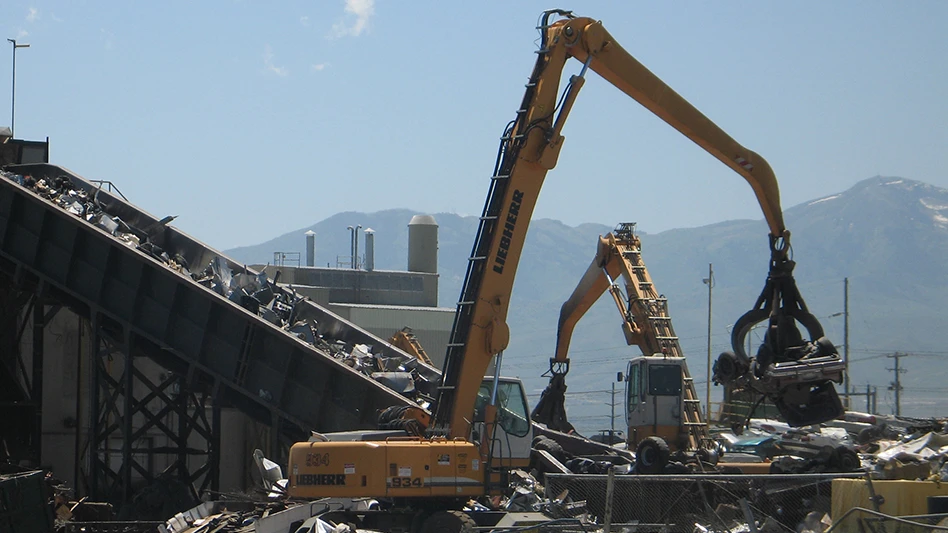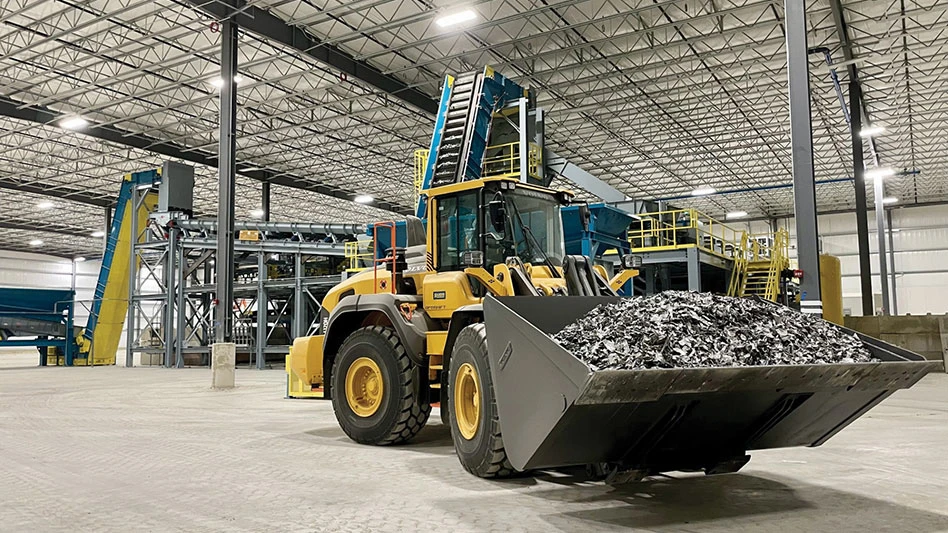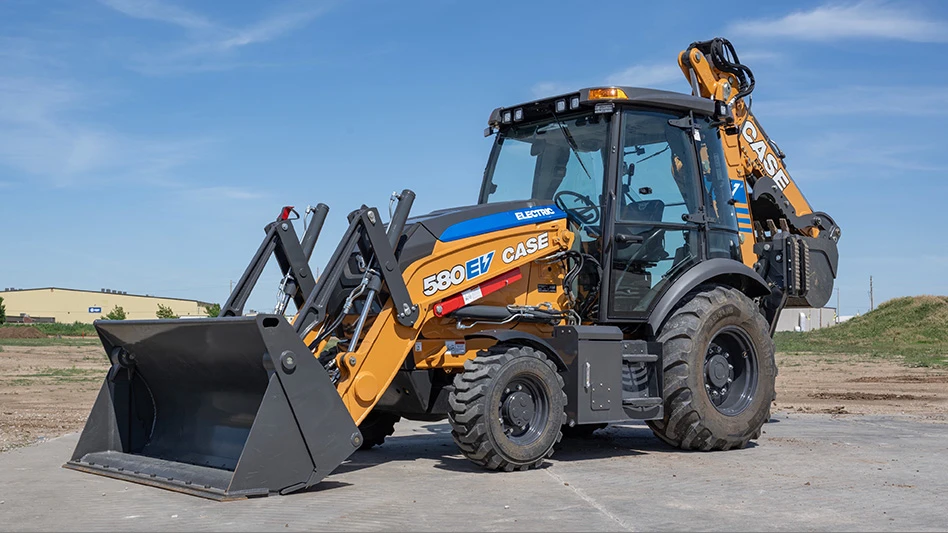
Recycling Today archives
Economic indicators in the United States and globally continue to send mixed signals, but ferrous scrap prices have remained largely stable in a situation recyclers describe as an overall balance between supply and demand.
What has been a largely stable pricing picture in the second half of this year could experience volatility, however, if a strike takes place by the nation’s 146,000 United Auto Workers (UAW) members.
Thus far in the year’s third quarter, modest mill buying, and thus scale house purchasing, prices have caused a fairly uniform drop in supply, according to a recycler affiliated with a company with multiple locations.
“All grades are in shorted supply,” he says, adding that “scrap intakes dropped off a total of around 25 percent during the three-month decline in market prices from May through July.”
“Most companies in our region are seeing lower flows and, because of tight supply, competition isn’t allowing margins to stay neutral and we’re seeing them compress,” a recycler based on the Pacific Coast says.
Accompanying the short supply, unfortunately for shippers who might rather see a higher price, is U.S. and global demand that is underperforming about equally.
The same recycler who indicated all ferrous grades are in short supply also notes, “In most cases, they are in balance with a reduced demand picture.”
Domestic steel output and consumption figures describe an industry that is slightly less active than last year, despite operating in a more protected environment that has decreased finished and semifinished steel imports this year.
Export markets, while hardly booming, at least offer a lifeline to shippers close to the coasts and, thus, have likely helped scrap prices from experiencing sharper drops.
“Overseas demand is relevant (and reliable) if you are a consistent volume shipper,” says the recycler whose company has multiple locations. “Both container and bulk activity was, in general, good on the West Coast [and] activity and pricing has been similar on the U.S. East Coast.”
Heading into the fall season, the recycler on the Pacific Coast says, “Hopefully we have found the bottom and can start to get a better margin again soon.”
Citing pricing trends in August and September, the other recycler says, “They stabilized and recovered slightly, up 5 percent over the last two months, [and] demand was relatively good during the traditionally slower summer months.”
Traders, however, see the potential for disruption in the market coming from several distractions. Perhaps looming largest is the potential for a strike by America’s largest auto industry labor union, the UAW.
This week, a Reuters report characterizes negotiations between the UAW and three of America’s largest automakers as making some progress, but with a “wide divide” remaining.
Hinging on the agreement is the presence of some 146,000 UAW members at automotive assembly and some components plants operated by General Motors, Ford Motor Co. and Stellantis, the parent company of Chrysler.
The current agreement expires in mid-September and the UAW reportedly has rejected more than one previous offer from the automotive companies.
Bloomberg cites an analysis by the Michigan-based Anderson Economic Group that calculates a $5 billion economic impact for every 10 days that a nationwide strike occurs.
Bloomberg's estimate includes “potential losses to UAW workers, the manufacturers and to the auto industry more broadly.”
Scrap processors who operate in regions where GM, Ford and Chrysler have a major presence have almost certainly calculated the impact on their own operations if they handle scrap generated at assembly plants, stamping plants or machine shops tied to vehicle production.
Processors and traders may feel better about the steadiness of their demolition scrap supplies, but red metals industry analyst John Gross, in an early-September edition of The Copper Journal, submits caution on that front.
“Housing starts and building permits are marginally higher, but well off the recent highs,” Gross writes after looking at July figures. “New home sales are rising, but existing home sales are falling.”
Gross shows building permits issued fell by more than 13 percent year on year this July while existing home sales dropped by more than 16 percent.
An index compiled by the Washington-based American Institute of Architects (AIA) may offer better news, especially for recyclers in the Midwest who might have automotive industry-related woes on their minds.
The AIA, which calculates its Architectural Billings Index along with Virginia-based software and information services provider Deltek, says its Midwest region was the only one above the break-even point of 50, having a 51.6 index figure for July.
“While this marks the ninth consecutive month of growth for firms located in the Midwest region, firms in other regions reported modest declines in billings,” the AIA says.
Latest from Recycling Today
- Indiana county awarded $65K recycling grant
- Mixed paper, OCC prices end year on downward trend
- Updated: CAA submits final draft program plan in Oregon
- Enviri names new president of Harsco Environmental business
- Survey outlines ‘monumental challenge’ of plastic packaging collection in UK
- Nippon Steel acknowledges delay in US Steel acquisition attempt
- BASF collaborates to study mechanical plastic recycling
- Commentary: navigating shipping regulations for end-of-life and damaged batteries





